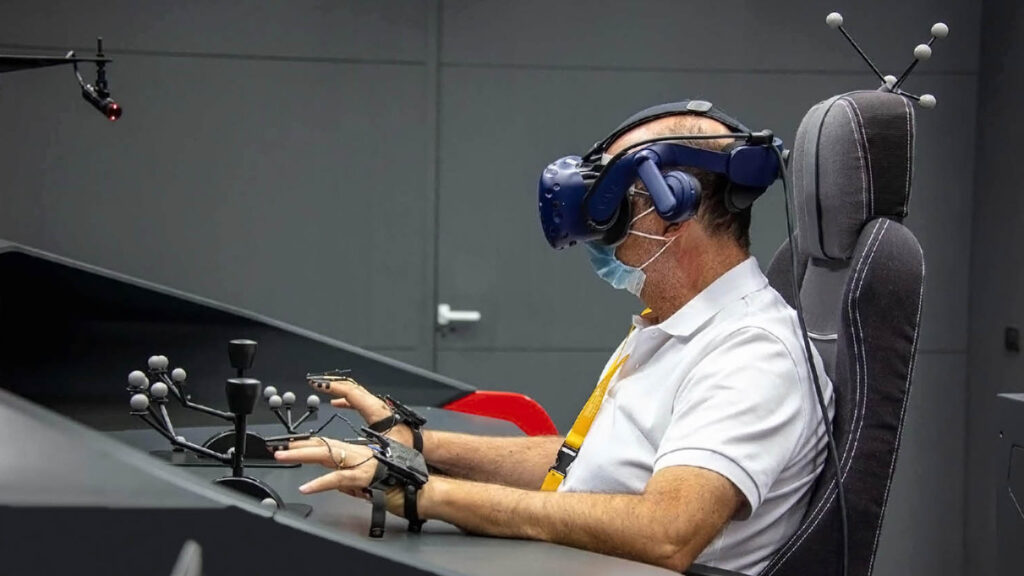Automotive design technologies are filtering through to other transportation sectors. We learn how SPII is helping to design better human machine interfaces for rail, using a VR set-up built with automotive expert Italdesign
Making sure that everything a driver needs is in clear view and easy reach is a key element of automotive interiors design. But the goals of good ergonomics, unimpeded viewpoints and easy-to-navigate layouts are just as applicable to other forms of transport. Industrial engineering firm SPII has worked alongside automotive expert Italdesign to create the V-Desk, a customisable and adjustable console. Along with a virtual reality (VR) headset and markers, this is designed to help designers of trains to create optimal layouts for driver cabs.

The product is an evolution of the mock-ups already used by automotive interior designers, where a physical seat, dash and door shells combine with overlaid VR graphics.
Based in Turin, Italy, Italdesign is well placed to help with the development, since not only has it been responsible for some incredible designs for brands such as Alfa Romeo and Caterham, but also enjoys a solid track record in public transportation projects.
A self-professed user of immersive virtual and mixed reality (VR/MR) from the very beginning of its styling workflow, Italdesign collaborated with human machine interface (HMI) experts at SPII to lend its experience and help style the V-Desk package for fast deployment times.
Saronno, Italy- based SPII, meanwhile, is part of the railway engineering company Schaltbau Group. Looking for HMI innovations based on technology, ergonomics and style, its goal is to build better driver cabins and controls for the latest trains.
The underlying philosophy for V-Desk is user-centred design, explains SPII technical manager Francesco Colombo. Helping designers identify specific usability goals at each stage of the design process involves the study of user attributes and habits, the working environment, and the specific tasks they need to perform.
What’s key is that the V-Desk tries to optimise around how users can, want or need to use it, explains Colombo. “In this way, the operators are not forced to change their behaviour and expectations to accommodate the product.”
Critical components
The most critical components in a cab – the machine controller, levers, keyboard and display – can be positioned, evaluated and moved in real time by experienced ‘test drivers’. Dummy levers and controls are highlighted, with markers that display them in the virtual space, while the driver can also wear gloves that monitor the exact movements of fingers when interacting with virtual switches or buttons.
Setting up the experience takes significantly less time than building a physical mock-up, enabling design teams to switch between multiple scenarios and set-ups in a few clicks, while allowing project stakeholders to enter the same virtual environment from anywhere in the world.
As the VR utilises existing CAD data, streamed through a HTC Vive Pro head-mounted display, the set-up reportedly reduces development times drastically – from nearly four months down to four to five weeks. And, in the process, it keeps even the most ambitious rail projects running on time.






